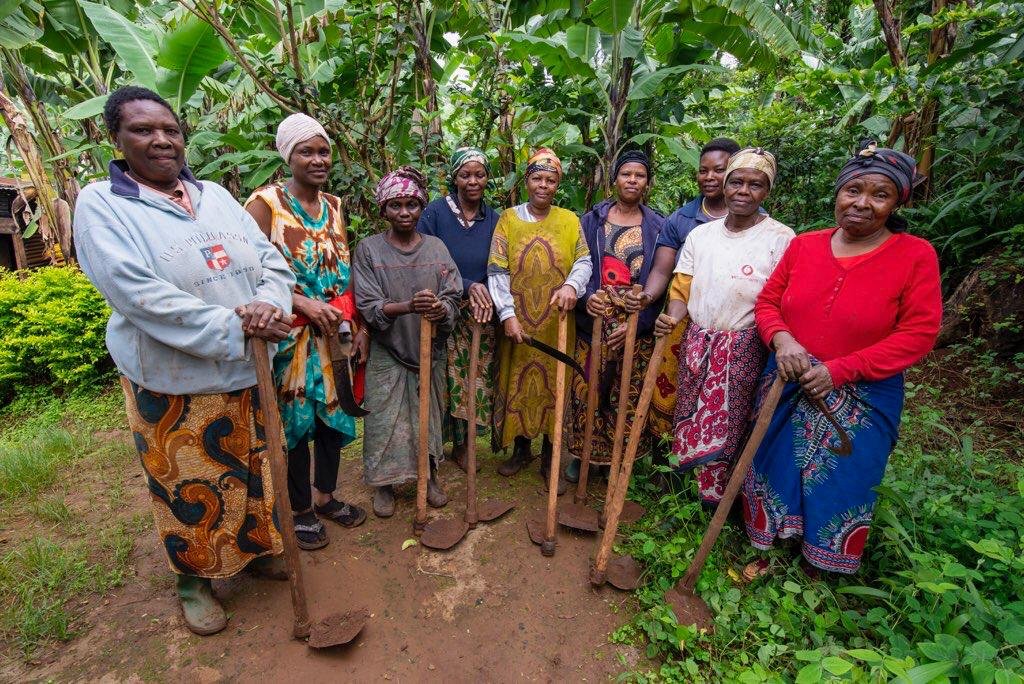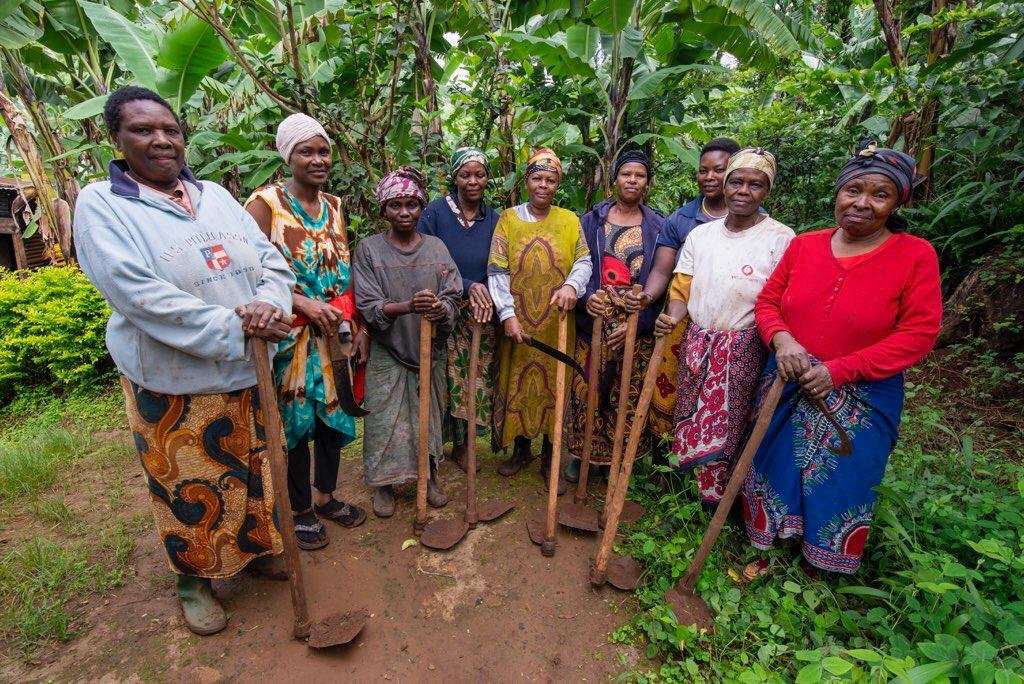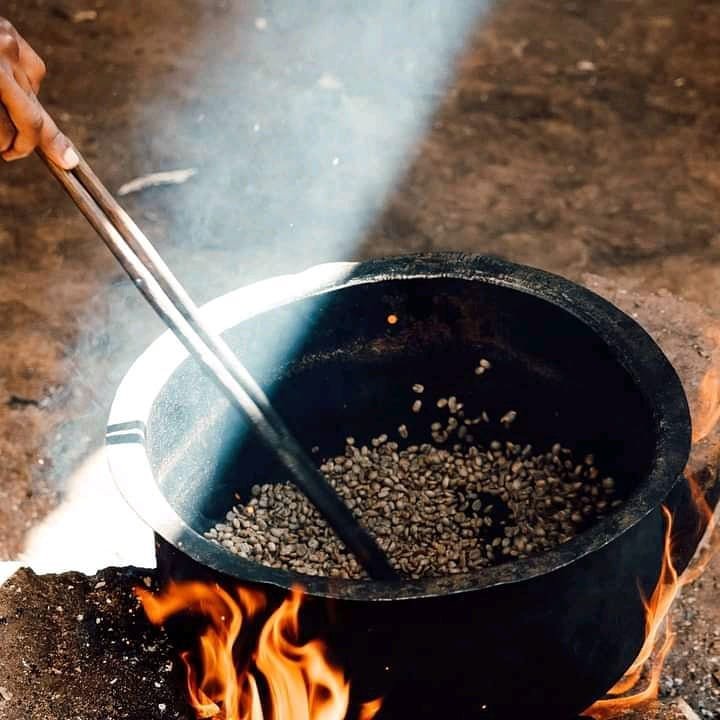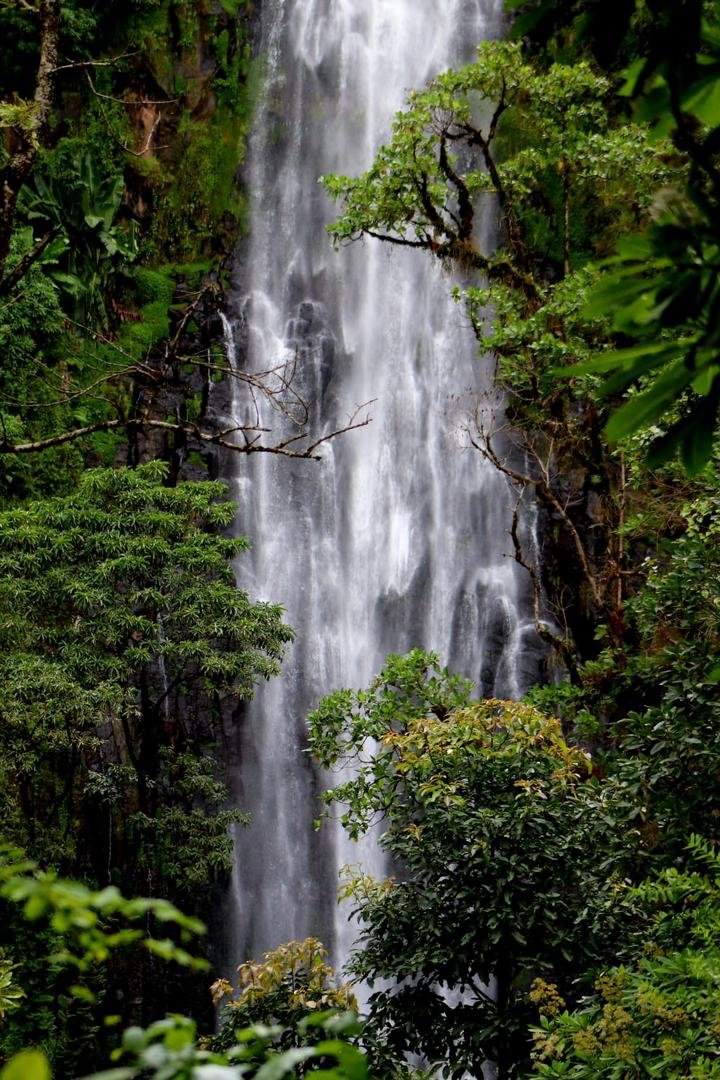Mount Kilimanjaro is the historical home of the Chagga people, who have lived at its base since the fifteenth century. This ethnic group is renowned for its agricultural prowess, resilience, and entrepreneurial spirit.
Today, the Chagga preserve a rich cultural heritage, including unique rituals, crafts, and distinctive cuisine. Their knowledge of the mountain makes them expert guides and porters for those who come to Tanzania to climb Kilimanjaro.
This article explores the Chagga people’s traditions, their adaptation to modern influences, and their key contributions to the local economy and culture.
Who are the Chagga?
The Chagga are an ethnic group living in northeastern Tanzania on the southern slopes of Mount Kilimanjaro. Tanzania is home to a rich diversity of cultures, with 132 different ethnic groups in total. The Chagga are the third largest among them.
The Chagga people are known in Tanzania for being business-savvy, hardworking, and among the country’s most educated groups. Some of their prosperity is attributed to their early and sustained interactions with Europeans. However, despite these external influences, the Chagga have also retained many of their unique cultural traditions, which they continue to preserve today.
Where do the Chagga live?
The Chagga people live on the southern and eastern slopes of Mount Kilimanjaro, extending from Kibongoto to Usseri, as well as in areas to the south and west of the mountain. These regions fall within the Kilimanjaro and Arusha regions of Tanzania.
Traditionally, the Chagga live in villages focusing on agriculture and some livestock farming. Many also reside in urban areas, with the largest Chagga population in Moshi, Kilimanjaro’s regional capital. Additionally, they have a significant presence in the nearby town of Arusha.
Chagga culture
The culture of African peoples includes rituals, clothing and adornments, music, traditions, crafts, and, of course, traditional food and culinary practices. Let’s briefly explore each of these aspects.
What language do the Chagga speak?
Language forms the foundation of any national culture. All Chagga people share the Kichagga language, although it’s more accurate to refer to it as a collection of dialects. Despite the various dialects spoken across villages, all Chagga people can understand one another. This even applies to those who live far from Kilimanjaro, in the Northern Pare Mountains, and speak Gweno.
Kichagga is mainly spoken at home, while Swahili is used in primary schools and workplaces. At the secondary and university levels, lessons are usually conducted in English, making many Chagga proficient in at least three languages. However, not everyone in the villages speaks English fluently.
Beliefs and rituals of the Chagga people
Due to significant European influence in the nineteenth and twentieth centuries, especially in religion, the Chagga gradually lost many of their oral traditions. Today, anthropologists struggle to find individuals on Kilimanjaro who still maintain traditional Chagga beliefs. Most Chagga practice some form of Christianity, while a small minority identify as Muslim.
Before the spread of Christianity, Ruwa was the central deity in Chagga mythology, linked to the sun and the creation of the world.
Despite Christianity’s influence, many in Chagga society still observe superstitions and practices related to witchcraft. People visit sorcerers for rituals like healing, love charms, exorcisms, and curses.
Herbalism and folk medicine are also widely practiced. Knowledge of medicinal plants has been passed down through generations, and many people still seek the help of traditional healers. They use a variety of herbs, plant roots, tree bark, and other natural materials in their remedies. One particular plant holds great significance and reverence in Chagga culture.
Masale, an evergreen shrub known as Dracaena fragrans, is commonly grown in yards near Chagga homes. This beautiful plant can reach heights of up to 15 meters and symbolizes well-being and prosperity. Families plant masale in their yards to protect against evil spirits. In some cases, uprooted masale bushes are tied to trees in the fields as a ritual to protect the harvest.
The Chagga society has a unique tradition regarding reconciliation. If neighbors or family members argue, they must make amends quickly. Otherwise, lingering resentment can lead to illness and misfortune. The simplest version of the ritual involves plucking a leaf from the masale plant, folding it into a knot, and presenting it to the person they have wronged. This gesture signifies a request for forgiveness, and refusing it is considered unacceptable.



